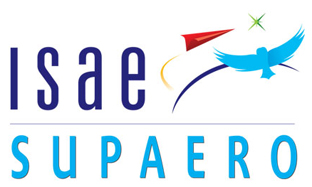Impact of Temporal Correlation of Errors on GPS Receiver Autonomous Integrity Monitoring
Résumé
Receiver Autonomous Integrity Monitoring (RAIM) is widely adopted in commercial aircraft to support integrity monitoring for aircraft navigation safety in en-route and Non-Precision Approach (NPA) phases. Recently, Advanced RAIM (ARAIM) has been developed, which further considers the simultaneous satellite failures in multi-constellation systems and supports multi-frequency signals. Standards provide a test procedure for onboard RAIM, offering a means to demonstrate compliance with integrity risk requirements for civil aviation. Based on this requirement, the aircraft computes the protection level that bounds the position error. Unlike the integrity risk requirement, which is defined over the entire operational period, the protection level is computed on a per sample or per-epoch basis. To properly interpret the requirement defined over the operation period to a single time instance, the temporal correlation of error sources within the operational period must be considered and quantified by the number of effective samples (NES). While recent work has evaluated NES for ARAIM, the NES for RAIM has not been thoroughly investigated. Based on the test procedure recommended in the Minimum Operational Performance Standards (MOPS), this paper focuses on estimating and bounding the NES for RAIM under different scenarios of measurement errors. Moreover, to address the limitations of these test procedures in light of the results obtained, representative test procedures are proposed to account for worst-case fault bias and address the impact of temporal correlation.
Fichier principal
 Impact_of_Temporal_Correlation_of_Errors_on_GPS_Receiver_Autonomous_Integrity_Monitoring.pdf (1.98 Mo)
Télécharger le fichier
Impact_of_Temporal_Correlation_of_Errors_on_GPS_Receiver_Autonomous_Integrity_Monitoring.pdf (1.98 Mo)
Télécharger le fichier
| Origine | Fichiers éditeurs autorisés sur une archive ouverte |
|---|---|
| licence |




